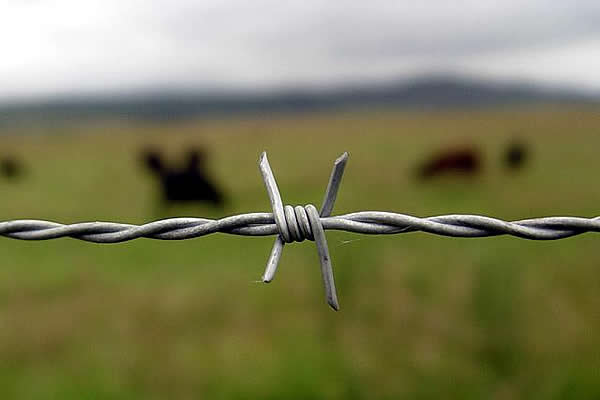 TEL:
+86-13102802206
TEL:
+86-13102802206
 Email:
fencenetting@china.com
Email:
fencenetting@china.com
 Language
Language
 TEL:
+86-13102802206
TEL:
+86-13102802206
 Email:
fencenetting@china.com
Email:
fencenetting@china.com
 Language
Language


The Versatility and Importance of Galvanized Chains
Galvanized chains are a remarkable engineering development that have transformed various industries by providing strength, durability, and resistance to corrosion. Made from iron or steel and coated with a layer of zinc, these chains offer an enhanced lifespan and reliability, making them a go-to choice for numerous applications, including construction, shipping, agriculture, and more.
One of the primary benefits of galvanized chains is their resistance to rust and deterioration. The galvanization process involves dipping the chain into molten zinc, which creates a protective barrier that prevents moisture and environmental elements from corroding the metal beneath. This feature is particularly crucial in outdoor settings or in environments where chains are exposed to harsh weather conditions, such as rain, snow, and humidity. By significantly extending the lifespan of the chain, businesses can save on replacement costs and minimize downtime, enhancing overall operational efficiency.
In the construction industry, galvanized chains are often employed for lifting and securing heavy materials. Their strength and durability allow them to support substantial loads without the risk of snapping or breaking. This reliability ensures not only the safety of workers on job sites but also the integrity of the structures being built. Chains of varying sizes and strengths can be utilized for specific tasks, from hoisting large beams to anchoring scaffolding, showcasing their versatility and necessity in demanding environments.

In marine applications, galvanized chains are indispensable due to their resistance to harsh saline environments
. Ships, barges, and docks often require reliable mooring solutions, and galvanized chains offer the perfect balance of resilience and strength. Their ability to withstand water exposure means they can be used in anchoring boats, securing cargo, or even in marine construction projects, where safety and durability are of utmost importance.Agriculture is another sector where galvanized chains play a pivotal role. Farmers utilize these chains for various tasks, including securing animal enclosures, operating machinery, and managing irrigation systems. With the increased focus on sustainability and longevity in agricultural practices, galvanized chains are an ideal choice, providing reliable solutions that withstand the rigors of farm life.
Moreover, the environmental impact of galvanized chains should not be overlooked. By using a material that lasts longer and requires fewer replacements, industries can reduce waste and lower their carbon footprint. The production methods for these chains have also become increasingly eco-friendly, with advancements in galvanization technology. This shift towards sustainable practices aligns with the broader goal of reducing industrial impact on the environment.
In conclusion, galvanized chains stand as a testament to the innovation and practicality found in modern engineering. Their exceptional resistance to corrosion, versatility across various industries, and ability to support substantial loads make them an essential component in construction, shipping, agriculture, and beyond. As industries continue to evolve and face new challenges, the importance of durable and reliable materials like galvanized chains will only grow. The ongoing development in galvanization processes further enhances their value, solidifying their status as a fundamental asset in the industrial toolkit. Whether lifting heavy materials or securing equipment, galvanized chains exemplify strength and reliability, proving indispensable in today's demanding work environments.